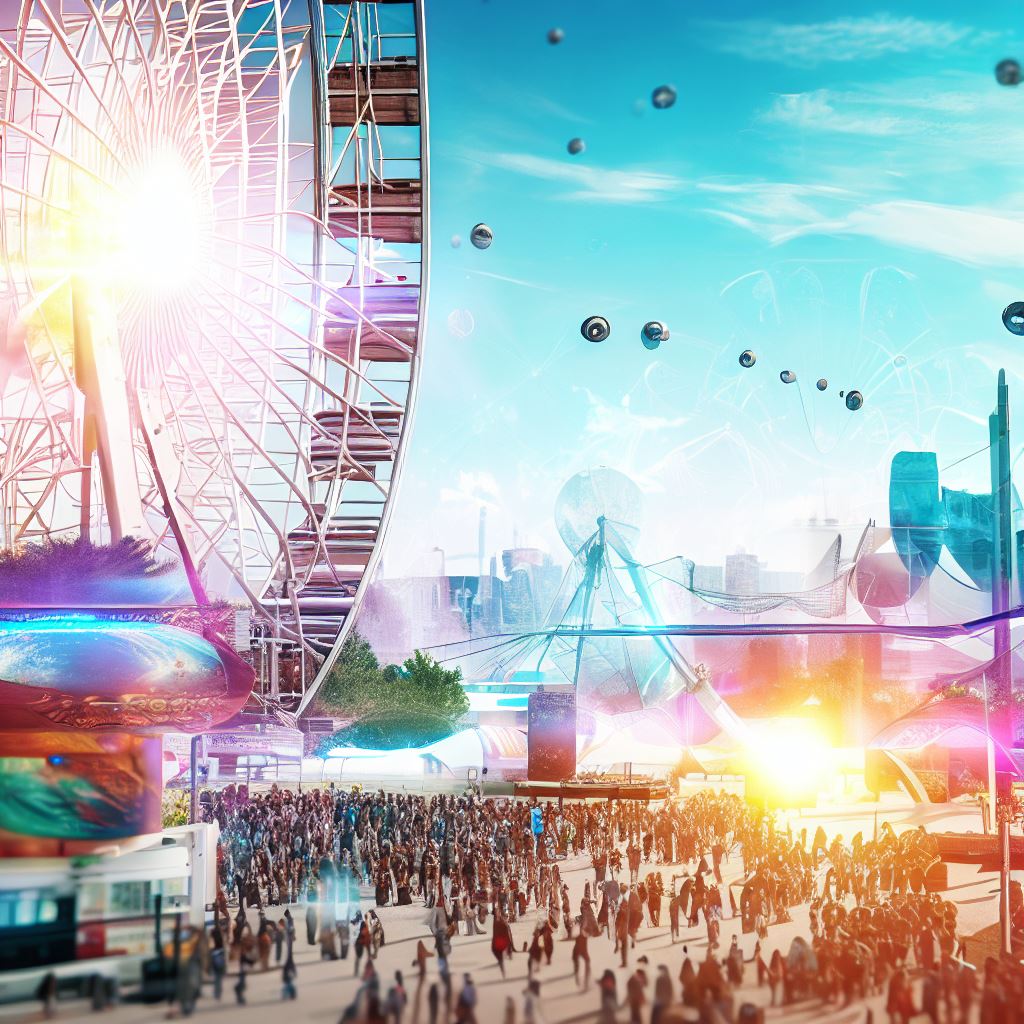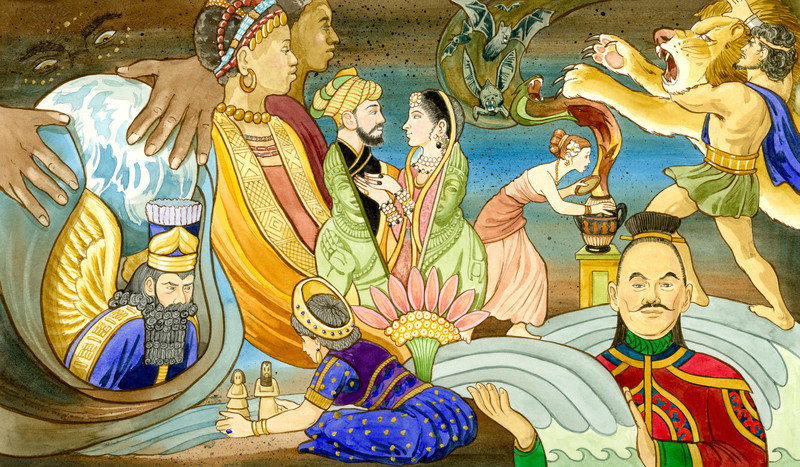Last Updated on April 4, 2024 by TrayKay
Here’s a thematic unit idea: explore American history, geography, culture, science, and art through the lens of world’s fairs. These grand global expositions featured technological marvels, cultural exhibits, and some of our nation’s most iconic architecture. Researching the landmarks originally constructed for world’s fairs is one way to launch an engaging cross-curricular study. Here are a few landmarks to check out, and some free resources to go along with them.
Museum of Science and Industry, Chicago
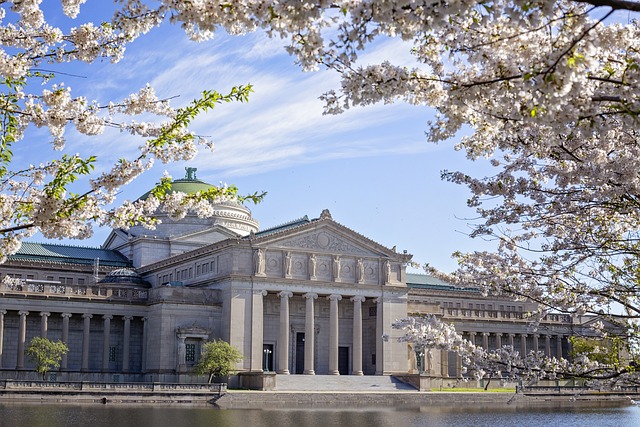
The Museum of Science and Industry in Chicago, Illinois, is a historic landmark originally constructed as the Palace of Fine Arts for the 1893 World’s Columbian Exposition. It’s the only building constructed for the exposition’s “White City” that remains at the site.
Unlike most structures of the White City, the Palace of Fine Arts was built with brick as a safeguard for the international artwork on display. The building was restored and opened as the Museum of Science and Industry in 1933.
The museum is the largest science center in the Western Hemisphere. It is a great example of Beaux Arts architecture, featuring a large entrance with columns and a grand staircase, as well as a large dome.
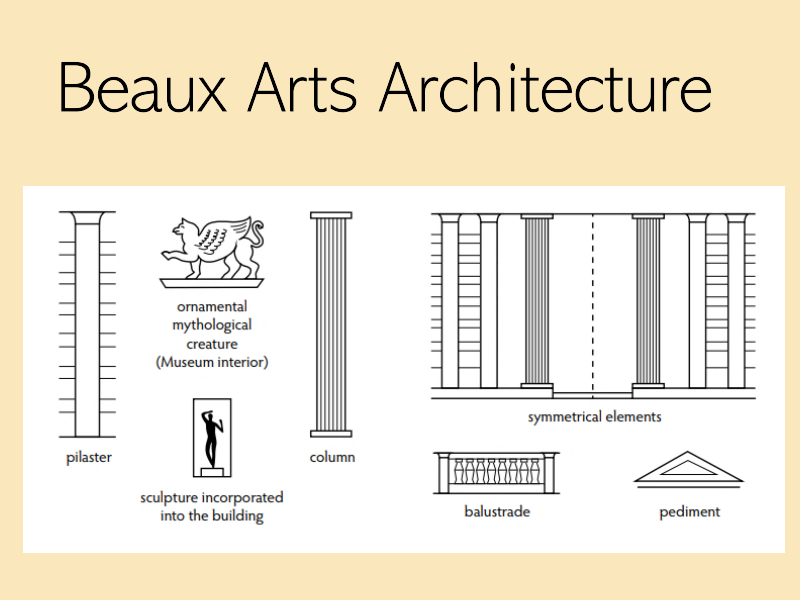
If your kids like to draw, they can practice drawing buildings in the Beaux Arts architecture style using these simple line drawings and coloring pages of famous Chicago buildings:
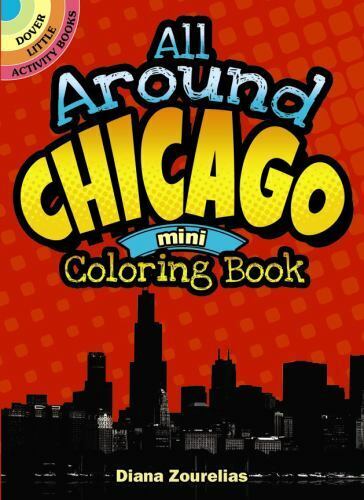
Color famous landmarks and learn about the history of Chicago. (affiliate)
To further your study, you could do additional research on Beaux arts artists and other buildings in this style.
More Free Resources for the 1893 Chicago World’s Fair:
Inventions from the World’s Columbian Exposition like Cracker Jacks, the zipper, and the automatic dishwasher, among others.
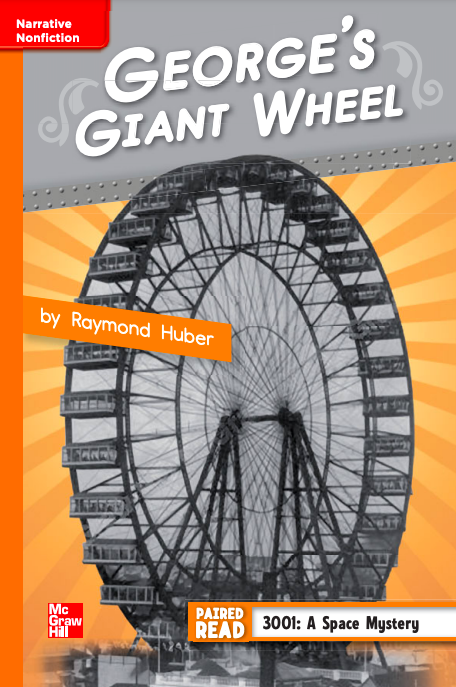
A Wheel With A View recounts the history of another technological marvel showcased at the fair, the Ferris Wheel.
Ferris Wheel Reading Passage with comprehension questions
Photo Gallery that overlays historic photos of various fair locations on their present-day sites.
Legacy of the 1893 World’s Fair, a podcast that describes the technologies presented at the fair, and also the cultural attitudes towards and representations of women, African Americans, and others in the live human exhibits at the fair’s “ethnic villages.” Comprehension questions are included.
Flight Cage, St. Louis
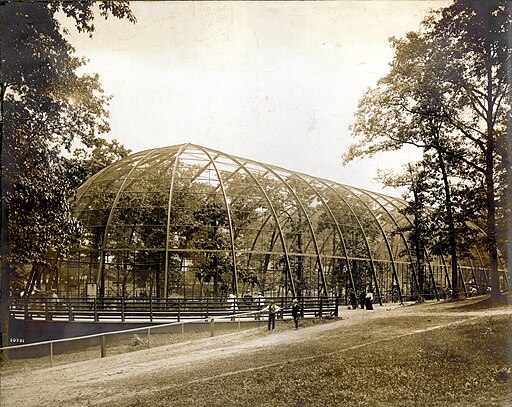
Built for the 1904 World’s Fair, the Flight Cage was commissioned by the Smithsonian Institution and was initially planned for relocation to the National Zoo in Washington, D.C. The city decided to purchase it and it became the catalyst for the development of the world’s first municipally supported zoo. Today, the Flight Cage is home to the cypress swamp, which features a variety of North American birds.
You can do your own bird study with information about the birds in the cypress swamp at the zoo’s web page in conjunction with this free download from The Good and The Beautiful, a notebook with pages for cataloging characteristics about birds of interest.
Additional free bird activities, interactives and videos can be found at Project BEAK.
More Free Resources for the 1904 World’s Fair:
Notable Technological Advancements: The baby incubator, ice cream cones, and the electric typewriter, among others.
Exhibition of the Igorot People: This PBS LearningMedia Resource includes a video, lesson plan and activities about the villages of Philippine culture that were displayed at the fair.
For a more in-depth study, take a look at this series of lessons which includes primary source documents, photos, and analysis worksheets.
Space Needle, Seattle
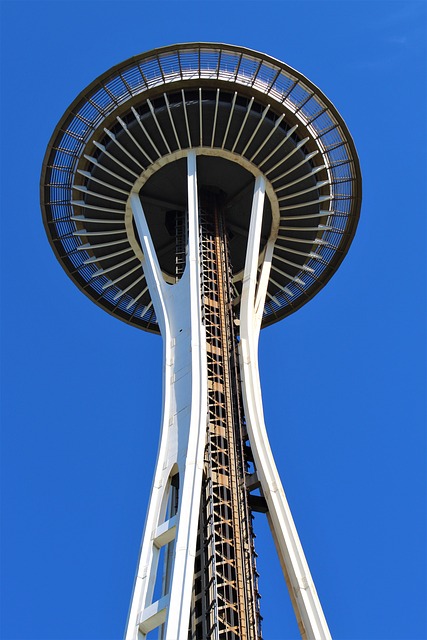
This futuristic tower was built for the 1962 Century 21 Exposition, which showcased the theme of science and technology. It has a rotating restaurant at the top, where you can enjoy a meal while looking at the panoramic views of Seattle and its surroundings. You can also visit the observation deck and see the exhibits about the history and future of the Space Needle.
For an art activity, check out these step-by-step instructions on how to draw the Space Needle.
For a reading activity, check out The Mystery at the Space Needle a story that incorporates history, geography, cultures, and vocabulary words. Here’s a free reading activity guide to go with the book.
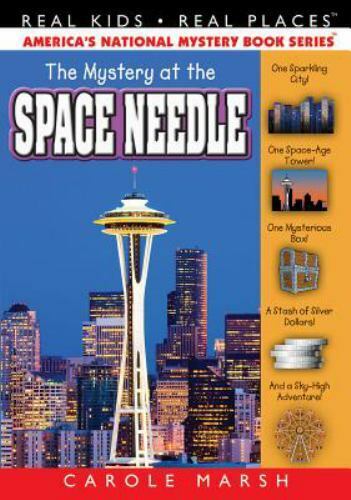
(affiliate)
Unisphere, Queens, NY
This stainless steel sculpture of the Earth, built for the 1964 World’s Fair in New York, was meant to remind viewers that global relationships are key. Set up as the centerpiece and icon of the fair, it symbolizes the themes of the fair, “Peace Through Understanding”, and “Man’s Achievement on a Shrinking Globe in an Expanding Universe.”
Read more about the Unisphere, do some math activities based on its dimensions, and find out more about stainless steel in this learning module, a kind of thematic unit of its own.
More Free Resources for the 1964 World’s Fair
Walt Disney premiered the first human Audio-Animatronic figure, Abe Lincoln, at the 1964 World’s Fair. The technology was perfected during the fair and has become a staple of the modern amusement park. Disney developed four exhibits for the 1964 New York World’s Fair: Great Moments with Mr. Lincoln, Carousel of Progress, Magic Skyway, and It’s a Small World.
Scenes from the World’s Fair: News reports about the construction of the fair, crowds and exhibits.
These are just a few ideas for using the topic of world’s fairs to build a multi-subject, thematic unit study. What learning activities have you done with historical landmarks? Share your thoughts and ideas in the comments below.

